This story is part of CES 2016. Our editors bring you complete CES 2016 coverage and scour the showroom floor for the hottest new tech gadgets around.
Every few years at the massive Consumer Electronics Show in Las Vegas, the world gets introduced to a new buzzword in television technology. Not too long ago it was 3D, then it was OLED, then it was 4K and Ultra High Definition.
In January 2016, I’m betting the buzzword most uttered in the presence of 100-inch flat panels on the show floor will be “HDR,” which stands for high dynamic range.
TV reviewers — folks like me who try to help you decide what’s actually worth buying — look at HDR as a potentially more important improvement than 3D or 4K. Its benefits can be more visible than 4K and more broadly appealing than 3D.
And since 4K TVs are now basically mainstream, with dirt-cheap prices and correspondingly thin profit margins, the voracious capitalist beast of technological progress needs its next shiny new object. Something higher, in both price and ambition. And that’s why TV manufacturers, the ones who spend millions to power shows like CES, look at HDR as something that might convince you to spend more money on a bigger and better flat-panel.
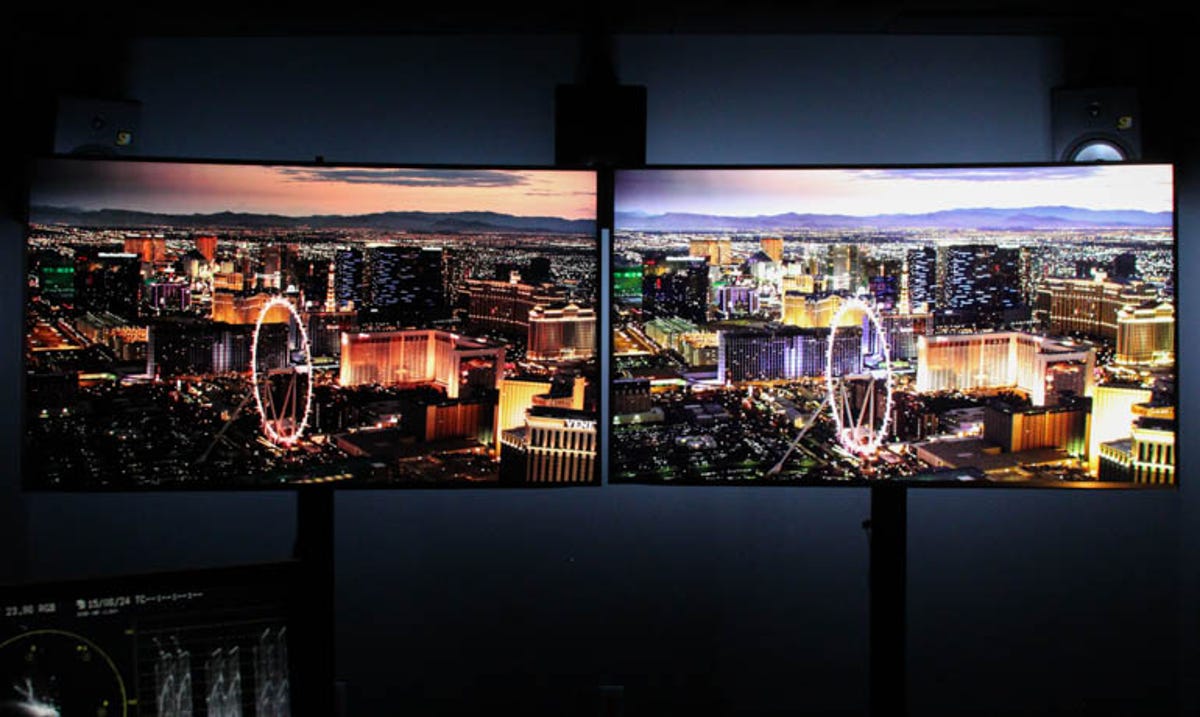

HDR on the right, is not “brighter” just for the sake of being brighter. Highlights and colors can be brighter thanks to a greater dynamic range. The addition of wide color gamut makes the colors richer and more realistic, too.
Geoffrey Morrison/CNET
Not just more pixels, but better pixels
First off, TV HDR is not the same as photo HDR. The “HDR” option on your phone or camera combines a few pictures at different exposures to compensate for the limited capabilities of the sensor.
The high dynamic range we’re talking about, and the one you’ll hear about at CES this year, is a catch-all term for new, improved content, namely TV shows and movies, and the brand-new televisions that can display it. The most concise pitch I’ve heard is “not just more pixels, but better pixels.”
While regular 4K resolution increases only the pixel count–the physical number of the little dots that make up an image — HDR significantly expands the range of contrast and color that those pixels can show. Bright parts of the image can get much brighter, so the image seems to have more “depth.” Colors get expanded to show more bright blues, greens, reds and everything in between.
Just like you needed a new TV to watch a movie in 3D or 4K resolution, you’ll need a new TV to watch HDR. We expect most TV makers to introduce numerous TVs that can handle HDR content in 2016. But how well will they be able to handle it? In our review of one of the least expensive HDR TVs from 2015, the Samsung UNJS8500, it didn’t provide much improvement. On the other hand, the extremely expensive Samsung UNJS9500 delivered the HDR goods nicely.
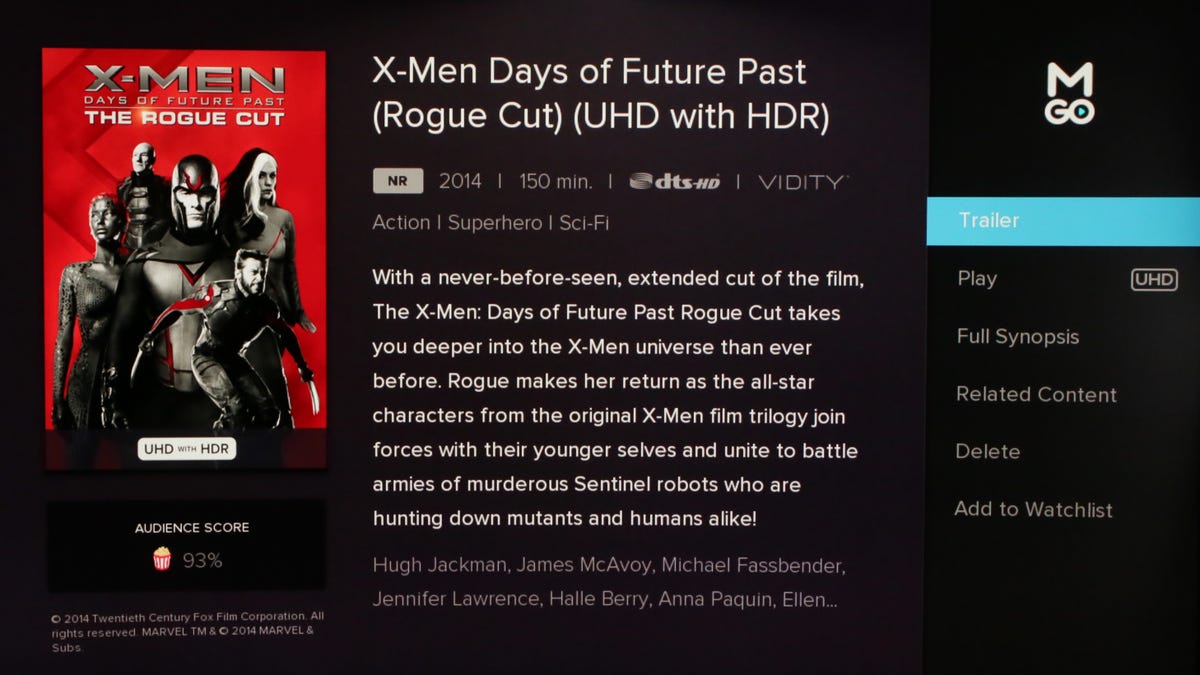

Sarah Tew/CNET
HDR is neither cheap nor easy to implement well on a TV, and requires extra capabilities beyond mere 4K resolution (all HDR I’ve seen proposed is also in 4K). On the content side it requires cooperation from a broad range of industry interests — including Hollywood studios, distributors/producers like Netflix and Amazon Instant Video and TV makers themselves.
As a result, actual HDR content is likely remain rare for awhile. It will definitely be less common for the foreseeable future than 3D and 4K content, for example. At its best HDR can look spectacular, and you’ll probably read about quite a few impressive demos from the show floor this year. How well those will translate into the living room remains to be seen.
For much more check out What is HDR for TVs and why should you care.
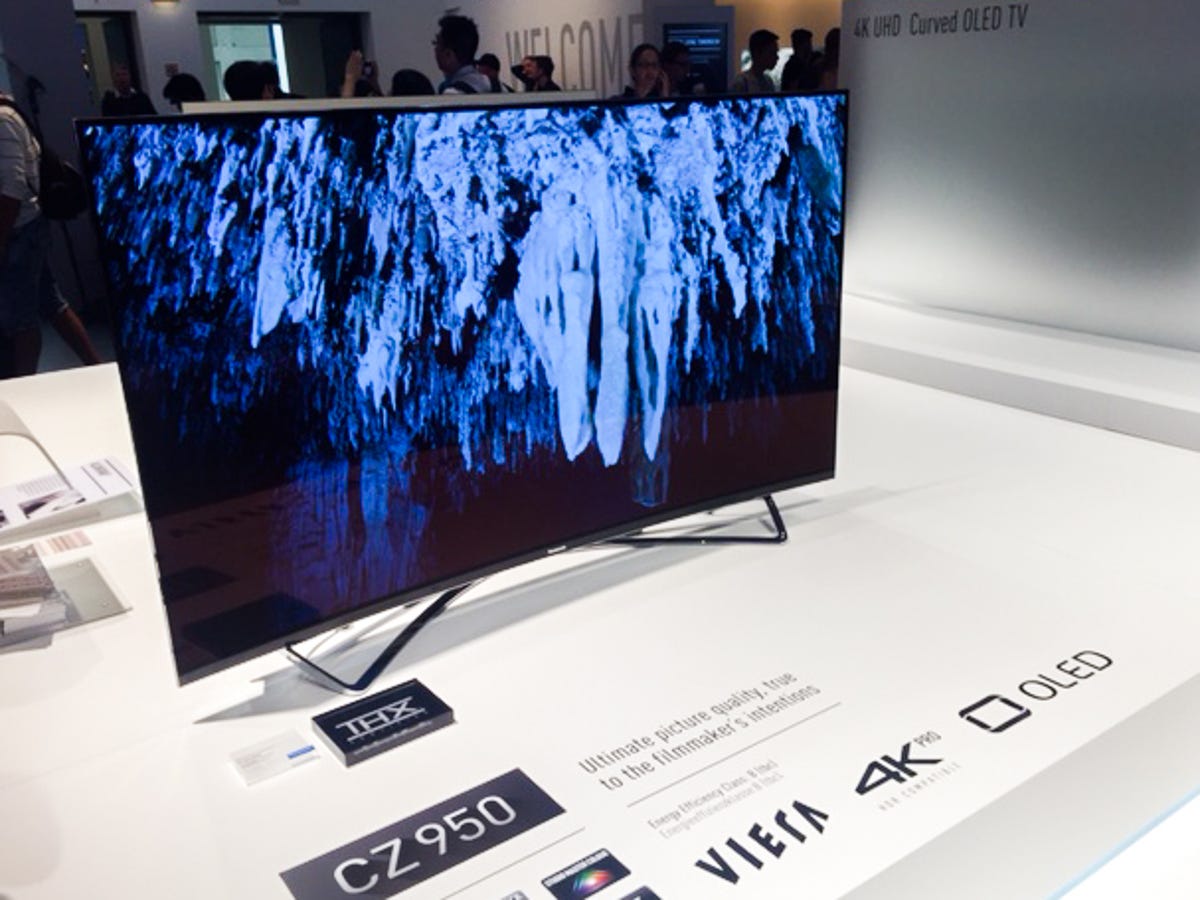

Panasonic’s first OLED TV was introduced at the IFA trade show in Berlin.
Luke Westaway/CNET
Other CES TV trends to watch
HDR is the newest and potentially most exciting of the bunch, but it’s not alone. Here’s a few more.
The ubiquity of 4K TVs: Nearly all of the TVs introduced at the show will have 4K resolution, and you’ll hear almost nothing about lower resolutions like 1080p. 4K TVs are cheap, plentiful and (finally) absolutely worth buying for many TV shoppers these days.
The slow introduction of 4K content: It’s not strictly a TV hardware trend, but the official debut of 4K Blu-rays will happen at the show. The Samsung UBD-K8500, first introduced at IFA in September, should ship in early 2016, and we wouldn’t be surprised to see another player or two announced. The first disc titles will also see the light of day, also arriving early 2016 from Sony and others. And if we’re lucky, perhaps someone will also announce more 4K streaming content (note that YouTube and Netflix both have keynote addresses at the 2016 CES show).
LG OLED TVs vs. Samsung LCD TVs: LG enjoyed an unprecedented run in 2015 at the top of CNET’s Best TVs for Picture quality list, thanks to its monopoly on OLED TV technology. We don’t expect a major competitor like Samsung to announce OLED TVs, but maybe a brand like Panasonic, which sells an OLED TV in Europe, will enter the O ring worldwide.
In the meantime expect more messaging from companies like Samsung touting the advantages of LCD over OLED, namely improved light output, especially with HDR sources.
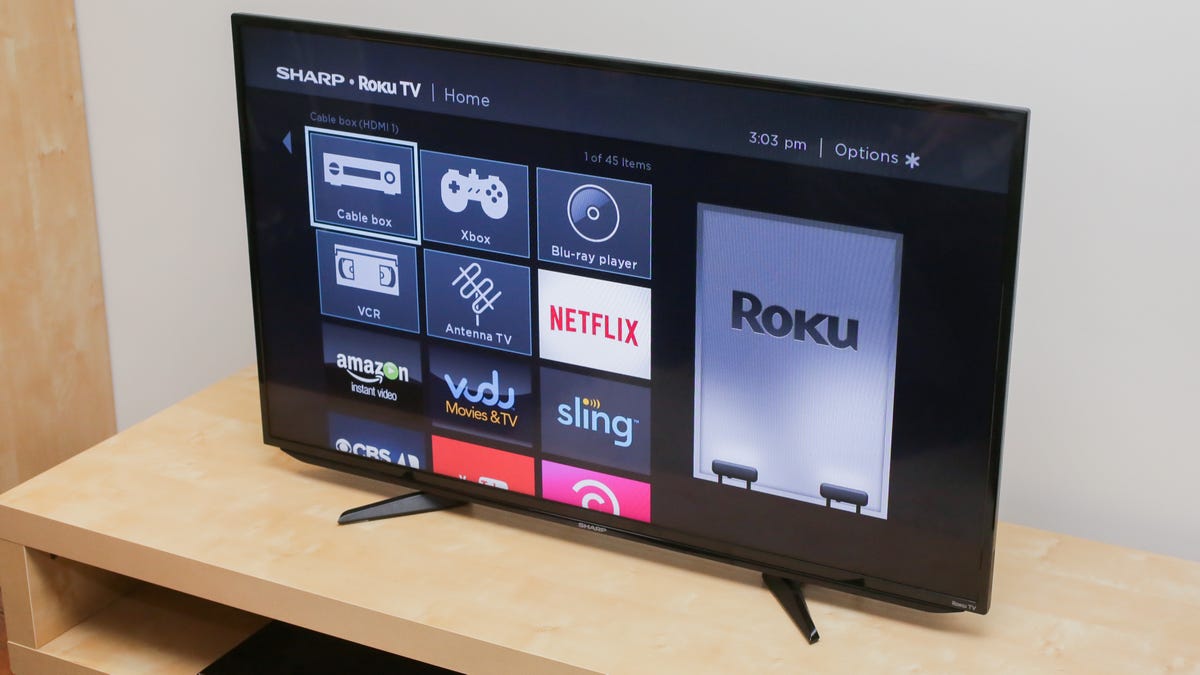

Will Roku be built into even more TV brands in 2016?
Sarah Tew/CNET
The platformization of Smart TV: Last year saw the first introduction of official Android TVs (from Sony and Sharp) and an expansion of Roku TV brands (including Sharp, Insignia and LG). Will platform-based Smart TV systems replace the in-house software common today? Don’t count on it from Samsung and LG, which have significant investments in Tizen and Web OS respectively, but a smaller manufacturer might decide to go with a platform like Android or Roku for its Smarts.
The proliferation of curved and style: As much as Samsung is a trend-setter in general, we don’t expect many other TV makers — aside from LG with a few OLED models, and maybe Hisense — to jump on the curved TV bandwagon. But TV style will continue to be talked about, whether in the form of materials like glass or metal, ever-slimmer designs, or even smaller frames around the picture.
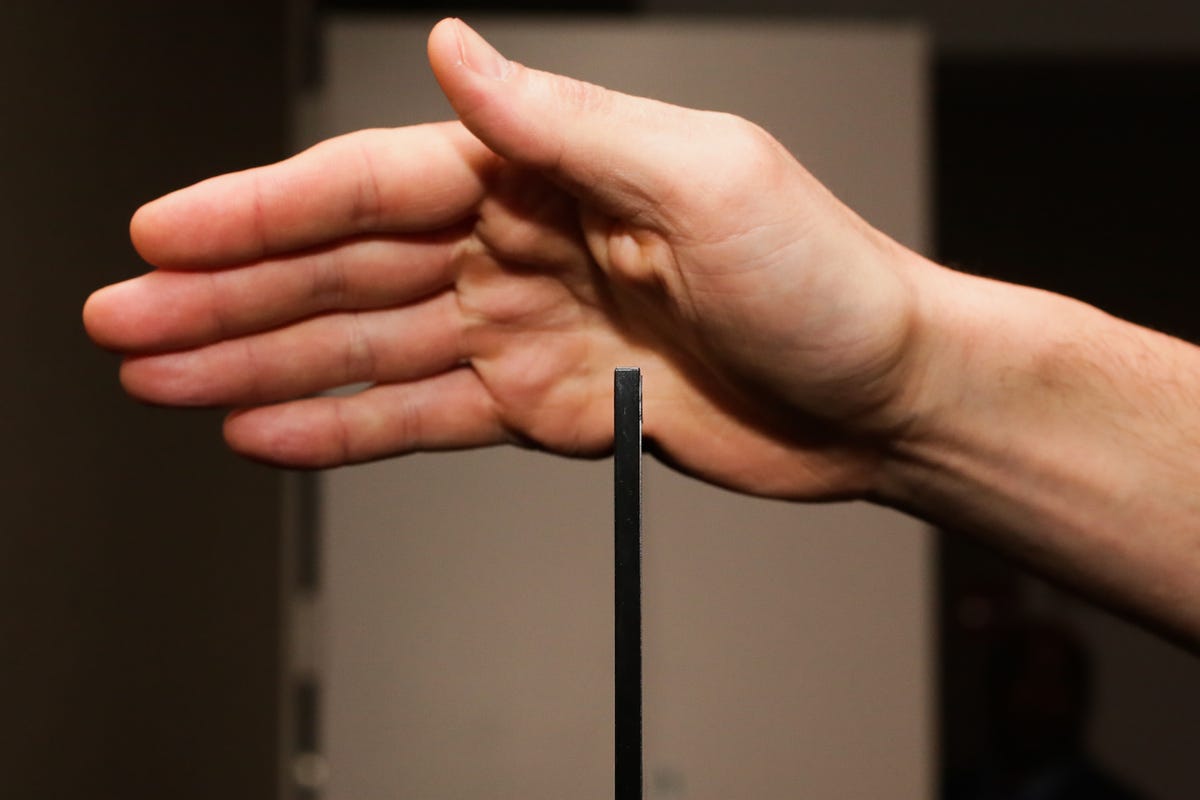

Ouch! Can TVs get any slimmer in 2016?
Sarah Tew/CNET
The marketing of minibrands: TV makers have always tried to differentiate their offerings with mini-brands — think Sony Trinitron and Panasonic Viera. Last year Samsung brought back the minibrand with a vengeance when it introduced SUHD, an LCD TV marketed as something more. Will another manufacturer try to emulate its success?
The marginalization of major brands: Making TVs is a tough business, and only Samsung, LG and Vizio (which doesn’t exhibit at CES) seem to enjoy strong mainstream success. Panasonic and Sony have faced trouble in recent years and pared down their offerings significantly (although Sony has improved somewhat after spinning off its TV business as a subsidiary) while Sharp has just been gobbled up by Hisense. Meanwhile that Chinese giant, along with fellow China-based brand TCL, make inroads worldwide.
Big screens will be big
Maybe TVs don’t have the tech trend cachet of drones or Internet of Things or virtual reality, but they’ll still be everywhere at CES. It’s still largely (no pun intended) a TV show (seriously, not intended!) and we’ll be there, standing next to the biggest ones, to tell you about all the latest and greatest display technology. We may or may not employ gratuitous exclamation points.
So what do you want to see this year in terms of TV hardware and software?




